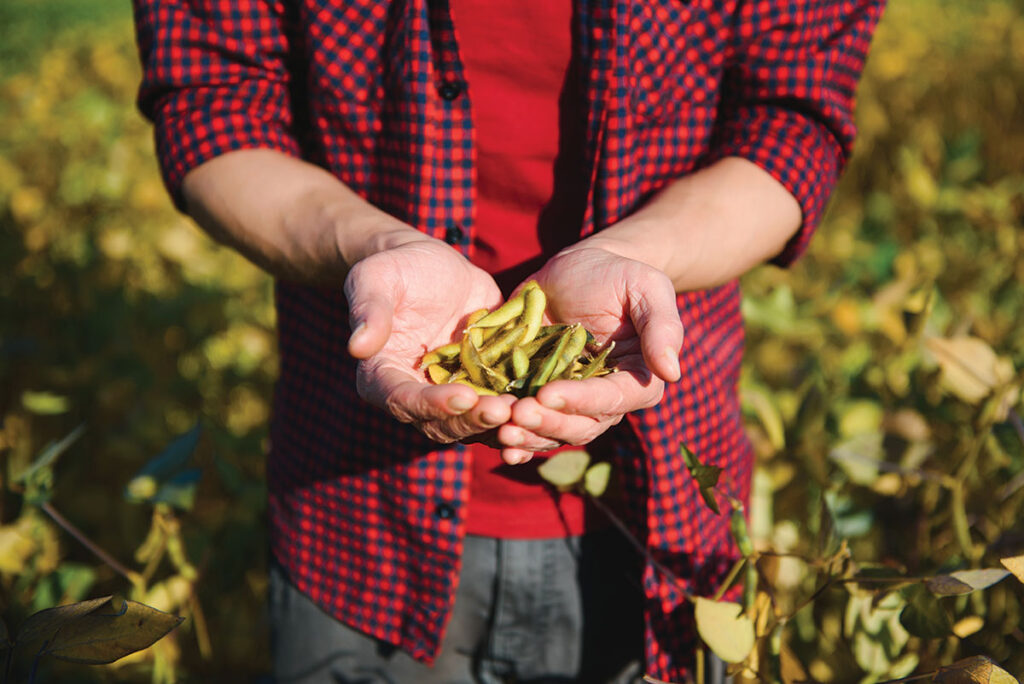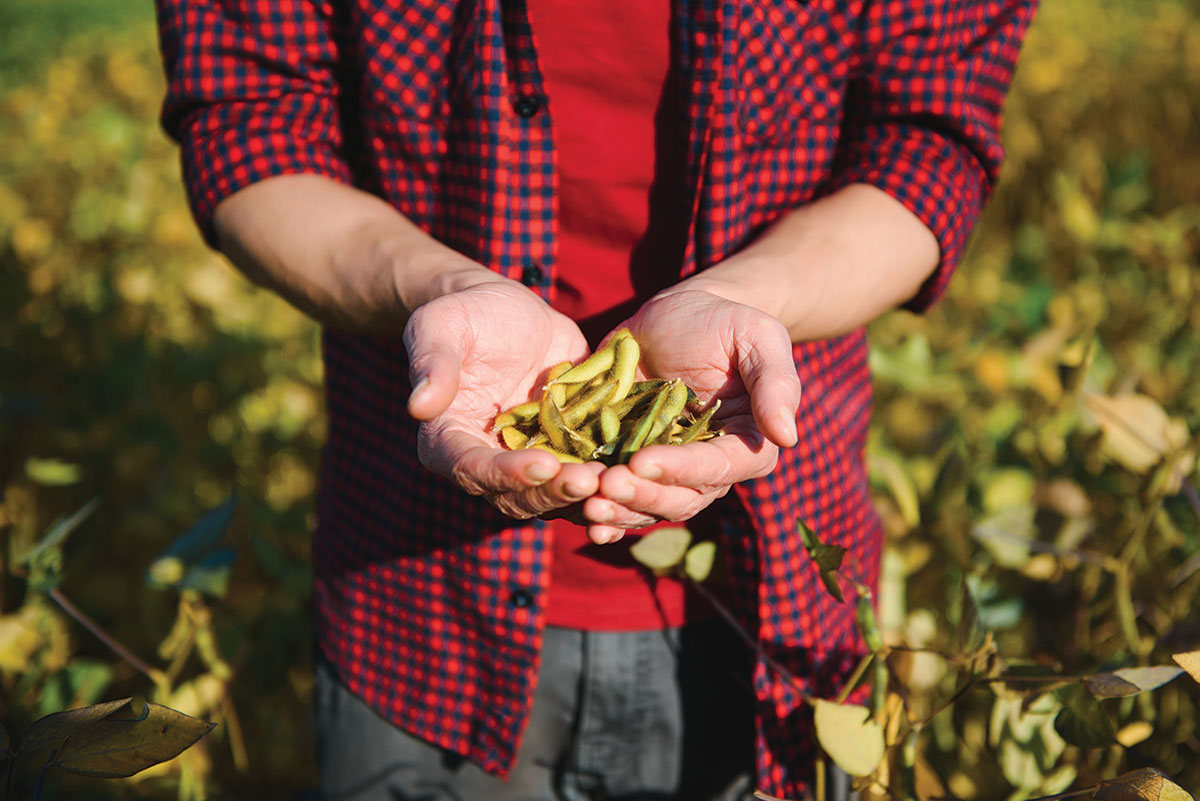
Is twice the work worth the effort?
The farming management practice of growing two crops, one right after the other on the same land in the same crop year, is called double cropping. This farming strategy comes with upsides and downsides.
Double Cropping Benefits: The first clear benefit for the farmer is financial. Farmers utilizing a double-cropping strategy have the ability to increase their profits without having to increase their acreage. The potential to increase the gross return on a field exists when farmers produce more than one crop on that section of land in a year. In the best-case scenario, double cropping results in significant additional revenue.
In a double-cropping system, farmers will likely harvest more crops, therefore increasing food production. As an incentive to farmers, the United States Department of Agriculture (USDA) simplified sign-up and expanded double cropping insurance coverage starting in the 2023 crop year. According to the USDA, the changes were implemented in hopes of increasing domestic food production amid the possibility of global food shortages related to the invasion of Ukraine.
An additional benefit to double cropping is the positive land management strategies put in place by many farmers. “Due to the quicker turnaround between harvest and planting of double-crop production, conservation practices such as no-till are often used which can reduce the potential for soil erosion, the number of passes across the field, and increasing soil organic matter accumulation,” Dr. Bronc Finch, Ph.D., University of Arkansas Division of Agriculture Soil Fertility Extension Specialist, explained.
According to soil fertility extension specialists, incorporating double cropping into an operation also helps to maintain soil coverage, soil organic matter accumulation, and if using a leguminous crop, nitrogen fixation.
Double Cropping Challenges: While double cropping has numerous advantages, it has its disadvantages as well. “Double-crop production requires quite a bit of planning, from the crops that will be planted to pesticide use, nutrient management, harvest timing, and many other agronomic decisions,” Dr. Finch said.
Additionally, farmers will need to pay close attention to charting out their pesticide needs and usage. “Pesticide use planning is important as pesticides may have plant-back restrictions that may prohibit some double-cropping systems,” Dr. Finch added.
Farmers considering double cropping will also want to evaluate how long it takes a crop to fully mature, this is known as crop maturity class. The crop maturity class is an important factor because the growing season for both crops may be shortened compared to when they are grown as full-season crops.
Lastly, as with most cropping practices, the farmer is at the mercy of the weather. “Annual precipitation and supplemental irrigation are also factors that should be considered when planning double cropping since fallow season periods are being replaced by a growing crop,” Dr. Finch stated.
Crops to Utilize: There are several options when choosing which crops to plant in a double-cropping system. First, the most common is winter wheat and soybeans. In this double-cropping system, winter wheat is planted in the fall, grown over the winter, and harvested in the spring. Then farmers plant soybeans following the winter wheat.
Another option is planting winter wheat followed by a cotton crop. If utilizing winter wheat and cotton in double-crop production, farmers will want to keep in mind wheat harvest timing and early season cotton insect and disease management.
Farmers double cropping with winter wheat and cotton should also consider whether they will be able to provide sufficient water for the crops to adequately grow. “Irrigation is key for wheat-cotton double-crop systems to aid in the early emergence of an even stand quickly following planting, therefore this system would not be recommended in a non-irrigated field,” Dr. Finch shared.






